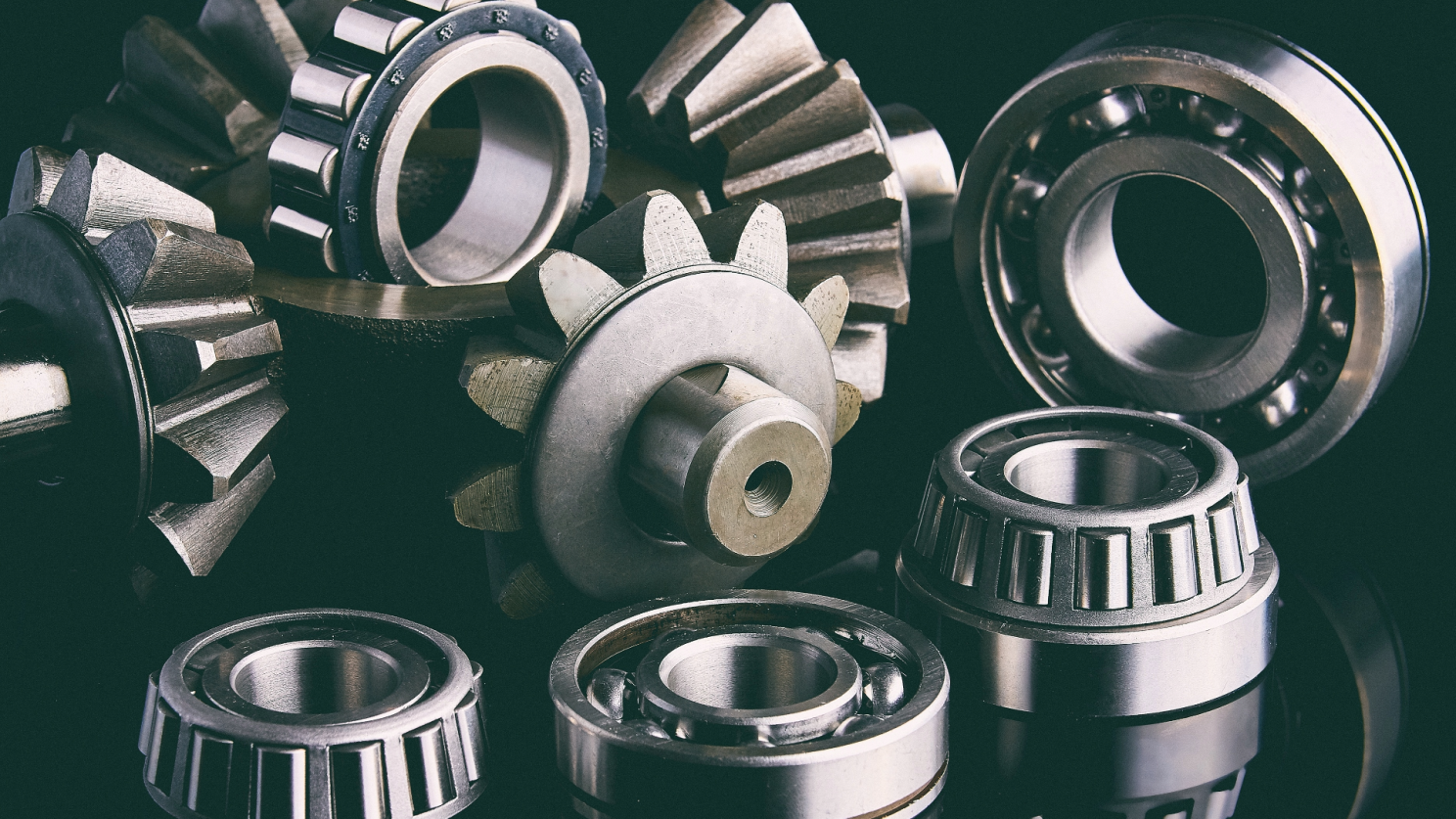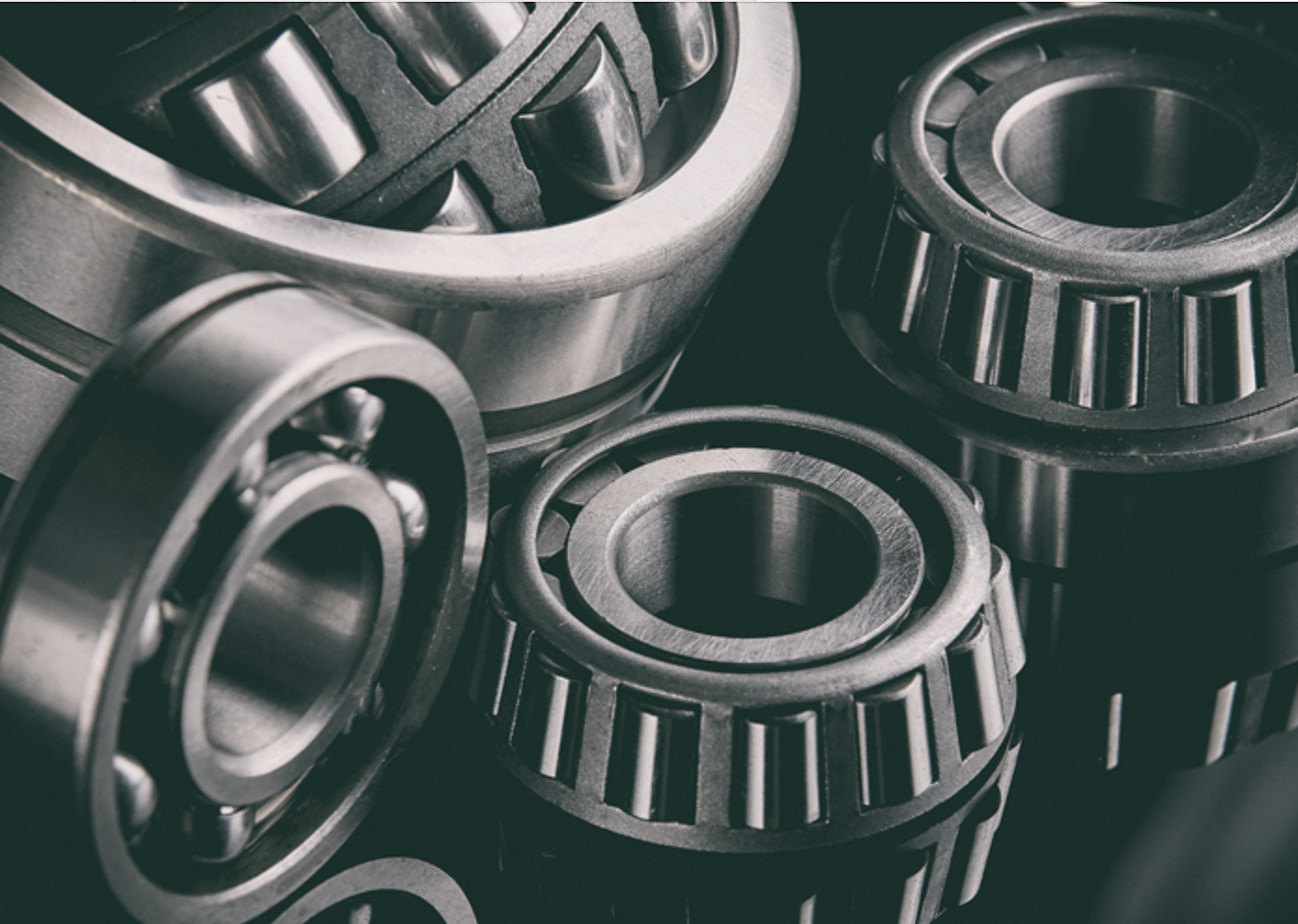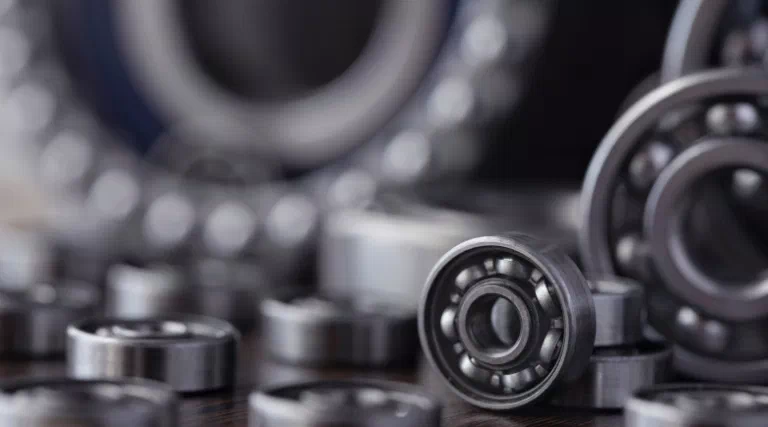Products & Services Industry Guides

As stated by timeshighereducation.com, there are more than 100 billion rolling bearings in operation, used in thousands of applications.
The massive usage of the bearings emphasizes the heavy reliance of the industry on roller bearings.
The component's optimal performance, in turn, is largely dependent on the materials and fit selections used within the machinery.
Therefore, this article will explore material selection and fit accuracy, highlighting their impact on overall operational efficiency.

Roller bearings have always been in demand as they operate optimally under extreme operating conditions.
The key step is to select a fitting material, based on the specific environment in which there roller bearings will operate.
Here are the different materials that are used for manufacturing roller bearings:

Raceway and Rolling Element: A widely used material for these is high carbon chromium-bearing steel. These elements are chosen as they can be 'through hardened' which makes them suitable for the surface in raceways and rolling elements.
Carburizing Steel: Carburizing hardens the surface steel, leaving a relatively soft core. It provides hardness and toughness to the roller bearings, making it suitable for load impact.
Corrosion Resistant Bearing Steel: A large proportion of chrome element is added to the bearing steel as it requires high corrosion resistance.

Metal Materials: Small and medium-sized roller bearings use pressed steel cages, while high-strength roller bearings utilise carbon steel. Besides these two, depending on the application, nickel, chrome and molybdenum steel are also used mainly in aircraft.
Resin Materials: A lightweight cage utilises resin as its material, as it is easy to mould into complicated shapes. Although it has lower heat resistance, an application which requires less heat and strength benefits from this characteristic.

Synthetic rubbers with high heat resistance are usually used as materials for roller bearings' seals.
Here are the different rubbers with their characteristics to fit the applications needed:
Nitrile Rubber: This rubber has high heat, wear and oil resistance with an operating temperature fit for -20 to 120 °C.
Acrylic Rubber: It has excellent oil resistance and also the highest heat resistance for rubber. The operating temperature range is –15 to 150 °C.
Fluorinated Rubber: This material has excellent heat resistance, oil resistance, and chemical resistance. It is deteriorated by amine, so whenever amine is present, this type of rubber should not. be used. The operating temperature range is –20 to 230 °C

A proper fit for your roller bearings ensures precise alignment, minimizing clearance and misalignment issues.
Here are some of the considerations:

For roller bearings rings under rotating loads, a tight fit is necessary as the raceways are directly under the load, rotating relative to their radial direction.
But for roller bearings with a static load, a loose fit is sufficient to keep the operation running.

Bearing fit is governed by the tolerances selected for bearing shaft diameters and housing bore diameters and different types of bearing have a different recommendation.
The three main types of fits include:
Clearance Fit (C- or CN- Fit): This type of fit allows for a small amount of clearance between the bearing and the shaft or housing. This is used in applications where precise alignment is not critical, such as low-speed machinery.
Interference Fit (I- or IT- Fit): An interference fit involves a slight interference or tightness between the bearing and the shaft or housing. This fit ensures a secure and rigid connection, commonly used in heavily loaded applications where precision and stability are paramount.
Transition Fit (K- or KN- Fit): A transition fit falls between clearance and interference fits, providing a balance between ease of assembly and rigidity. It allows for a small amount of interference or clearance. Transition fits are often used in applications where moderate loads and speeds are involved.

Roller bearings find diverse applications across industries based on their materials. For example, steel roller bearings are widely used in heavy machinery, while ceramic roller bearings excel in high-speed and corrosive environments.
In addition, polymer roller bearings offer lightweight and corrosion-resistant solutions, ideal for food processing and medical equipment.

In summary, carefully considering factors such as materials and fit tolerance, engineers can tailor roller bearings to meet specific requirements.
However, selecting a suitable material or fit for rolling bearings often requires expert advice and guidance to ensure you're making the right decision.
If you're unsure of how to decide the best materials and fit for your operation, consult our team of experts in SLSPRO.
You can also browse our extensive selection of roller bearings products on our website.
Get in touch with us for professional help and greater operational efficiency!
Essential components ensure smooth and efficient rotational motion in machinery.
Find Out MoreEssential components ensure smooth and efficient rotational motion in machinery.
Find Out More
 Contact Us
Contact Us 